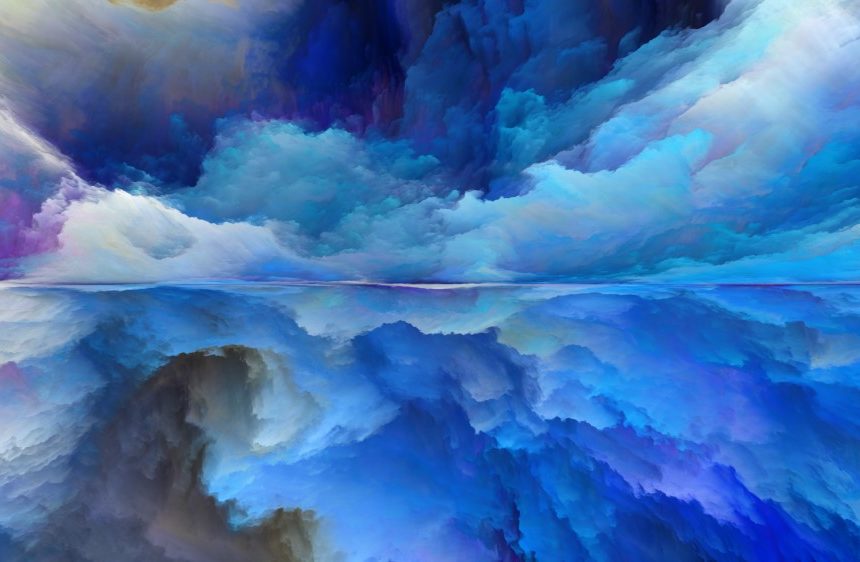Jacqueline Bain tells of her bird-watching adventures in Scotland, reflecting on the beauty of the birds and scenery that have been admired for centuries. This atmospheric story was part of the Explorers Against Extinction Stories For Survival campaign.
At first all I could see was guano smeared across the cliff face like butter icing. A moment of panic seized me. Had all the birds gone? The puffins certainly had, but I’d been forewarned about that.
As I scanned and re-scanned the cliffs, bird-like shapes, one by one, materialised in my binoculars. Hundreds of guillemots, crammed so close together on thin craggy ledges, they merged seamlessly into the backdrop of volcanic rock and bird poo. Scattered kittiwakes nested near the cliff tops, overhangs curtained with pink thrift, sea campion and scurvy grass.
St Abbs Nature Reserve – a Land of Saints and Seabirds – the National Trust for Scotland’s leaflet boldly proclaimed. I was there for the birds, not so much the saints. Thousands of years ago, they came for solitude and reflection, and I couldn’t help wonder how they’d feel about the amount of people, and diminishing numbers of seabirds, that represent the environment these days. Yet they had their problems too.
St Abbs, on the Scottish Berwickshire coastline, was named after St Aebbe, an abbess who lived between 615-683, and brought Christianity to the area, building monasteries and chasing out the pagans.
I had reached the viewpoint, overlooking the headland, a rugged view of cliffs, stacks and gullies. I’d only been able to access the viewpoint because of an All-Ability Path, gravel smooth and free of cambers and grass tufts. It was the start of a route that guided people to the viewpoint and beyond. A narrow, stony pathway snaked around the cliff tops until out of sight, where there was a lighthouse designed by the Stevensons in 1862, far out of my reach. A popular trail, what Jim Crumley called ‘walk-this-way-tourism’ (The Nature of Summer, Saraband, 2020).
Scotland was sizzling in one of its rare summer-hot weeks, prickling my skin and shedding iridescent heat hazes over fields of yellow rattle and buttercup. I’d hirpled along, elbow crutches clicking, and sending up puffs of rust-coloured dust. I struggled over and around black slugs stupefied by the heat. Hikers, dog walkers and families strode by. Most uttered a cheery hello. Others paused to make a sympathetic remark about the leg brace I’d worn since intensive knee surgery. Heavy and rigid with metal rods, it made walking difficult and travelling in a car torturous.
Being the one left behind no longer bothered me. I’d grown to appreciate the slow pace deteriorating mobility had enforced upon me. I had time to look, listen and smell the landscape in ways I wouldn’t have if I’d been rushing on ahead with everyone else. Every little sighting, sound and scent became a great adventure, and like the saints I reflected on everything.
The waysides of the All-Ability Path were cluttered with red campion, oxeye daisy, wild geranium and nettle. I had time and space to notice snails of all shades and sizes, nestled alongside frothy baubles of spittle bugs. Small white and speckled wood butterflies danced like little, magical rainbows, and bees bumbled from flower to flower. There were flies with furry antennae, hoverflies with dandelion-yellow banded abdomens, and glossy, bejewelled bronze beetles.
Then, on reaching the viewpoint cliffs curved around the bay, and the sea far below was a swirling mirage of Atlantic blue and Caribbean green. Guillemots bobbed on the waves like Cadbury-chocolate penguins. As I relaxed into the landscape more birding visions emerged: gannets, cormorants, a couple of razorbills, and herring gulls dangling on the breeze, quivering gently like cardboard mobiles above a baby’s cot.
It’s hard these days to just enjoy nature for nature’s sake. I looked at the mass of people heading up the clifftop pathway, socially distanced, but looking almost like a busy street in Glasgow City Centre. So many people, and no-one seemed to be observing the birds or the insects or the rabbits on the far off gorse-burgeoned hills.
I was just another human being impacting on the wildlife around us. I stayed away from the edges, viewed from afar, but even the National Trust for Scotland has admitted that the large numbers of people are impacting on the diminishing numbers of our seabirds. Of course, there’s a whole host of factors: climate change, pollution, habitat loss, overfishing – to name a few, but disturbance is a key factor in nest desertion and poor breeding rates. A recent study of seals in St Ives identified commercial wildlife tour boats as a major source of disturbance and stress for the seals (A Griffiths, BBC Wildlife Magazine, Vol 39, June 2021).
As if on cue a boat, promising a riptide and fast-blast experience, scudded over the water, giving its life-jacketed tourists the thrill of a lifetime. The engine noise blasted the rhythms of seabird song, and the boat smashed its way through the thread-lines of low-flying gannets. It spewed a vomit-trail of spume and foam, screeching to a halt near the base of the guillemots’ cliff. It went far too close. The birds were getting no peace from above or below.
The saints of old didn’t have the problems of motorboats, and catastrophic mass extinction the way we do now, but they had their own issues in relation to wildlife and human pressures. Saint Cuthbert, known for his extraordinary relationship with wildlife visited St Abbs, and when he discovered the locals ate eider duck eggs, he was so disturbed and concerned that he introduced legislation to protect eiders and other birds.
Did he stand on the very same spot as me, and shudder at the thought of a world without eider ducks; the same kind of shudder that rippled through me, as I imagined a world without puffins and guillemots, elephants and tigers, moths and bees.
Despite my fears I know there is hope. There are many present-day St Cuthberts out there, fighting to protect and preserve our wild creatures. One of the most important fights of our time as a world without our wild creatures isn’t really a world at all.


